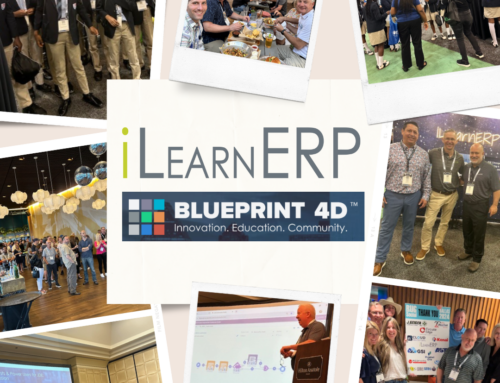 We always keep an eye on the latest technologies and trends in the Learning and Development space, and this year there are some newly emerging features of the industry. In this blog, we’ll take a look at some of the staples of the industry that are holding strong over time, some newly emerging trends and some just to keep an eye on as we progress through the year.
We always keep an eye on the latest technologies and trends in the Learning and Development space, and this year there are some newly emerging features of the industry. In this blog, we’ll take a look at some of the staples of the industry that are holding strong over time, some newly emerging trends and some just to keep an eye on as we progress through the year.
Agile, Design Thinking and Minimal Viable Product (MVP)
Beginning with the staples, Design Thinking and Agile continue to dominate. Coming through the pandemic, Agile models have stood the test of time as the need to respond to change has been a must. The iterative nature of Agile helps organizations to respond to requirements and solutions that evolve in response to outside forces with collaboration among cross-functional teams. To ensure that learning reaches users in their moment of need and that they are learning applicable job-relevant skills, learning and development professionals still need well-developed tools, such as design thinking, at their disposal to process through complex problems related to training in the workplace to come up with solutions that not only meet the needs of learners, but drive their business forward in thoughtful and innovative ways. Learning and development professionals can leverage design thinking to improve their learning programs. While the five steps of design thinking (Empathize > Define > Ideate > Prototype > Test) are sequential, the process is iterative so that you can circle back or jump ahead to different steps as needed. MVP has also emerged to fit the gap between the need to create complex learning systems and learning that can be rolled out quickly and simply. In turbulent times, an MVP mindset can help organizations meet training needs in a more sustainable way that can also stand the test of time.
Inclusion in Onboarding and Beyond
Organizations have an opportunity to design for inclusion beginning with onboarding and extending through all learning opportunities within an organization. There are numerous ways to design for inclusion including increasing support touchpoints during training, expanding the voices that go into training design and content as well as involved in the actual content rollout itself, and being aware of the learning opportunities we provide and shifting access to provide new modes where needed. Training that accommodates and supports all employees that has built in opportunities for ongoing communication has the best chance of being successful. Incorporating content on cultural competency and diversity into training can also help organizations be more productive and healthy. It is also important that while the trend towards personalization in training continues with ever increasing access to data to deliver more targeted content with higher completion rates and lower time stamps on training that organizations still not loose site of training that takes into account the unique learning styles, backgrounds and goals of each learner.
Optimize Learning with New Technologies
There are new technologies coming at organizations from every angle, and in the training and development space this has meant the use of digital adoption platforms. These tools are designed to help organizations implement and use digital technologies more effectively and improve the efficiency of digital transformation initiatives by providing a seamless and intuitive interface for employees to interact with new systems and technologies. One of the main benefits of digital adoption tools is their ability to facilitate organizational transformation. By providing a user-friendly interface and offering in-depth training and support resources, these tools can help employees quickly and easily adapt to new technologies and processes. This can significantly reduce the time and resources required to implement digital transformation initiatives, helping organizations to achieve their goals faster and more efficiently. They often work well with existing Learning Management Systems or can stand as a source of learning independently. We’re also continuing to watch Chat GPT and other similar AI content generator tools. These tools could potentially be used as an instant source of information to common questions that come up in the workplace. The questions asked to ChatGPT could also be curated to then provide a more directed knowledge base that is easily accessible to employees for a more targeted training experience – maximizing resources and attention to the areas where they need it most.
Have a training need in 2023? Contact us today!




